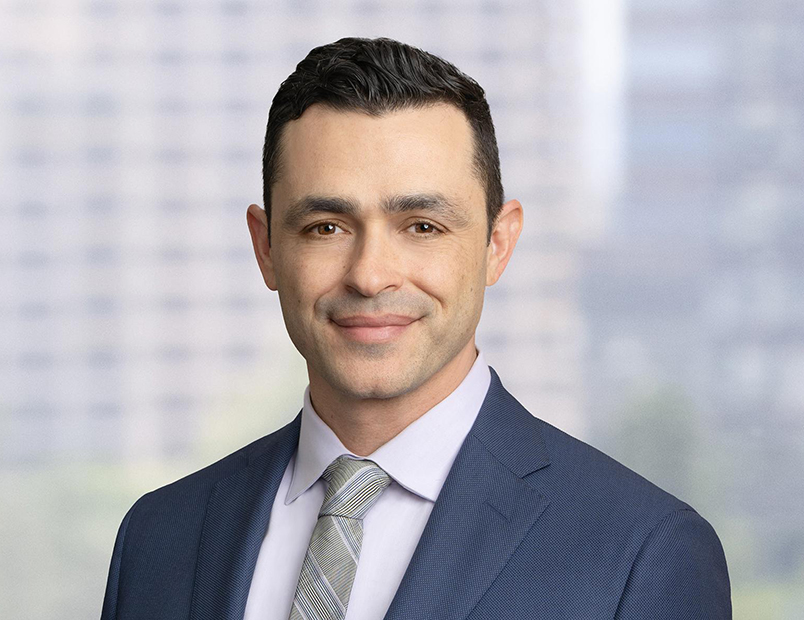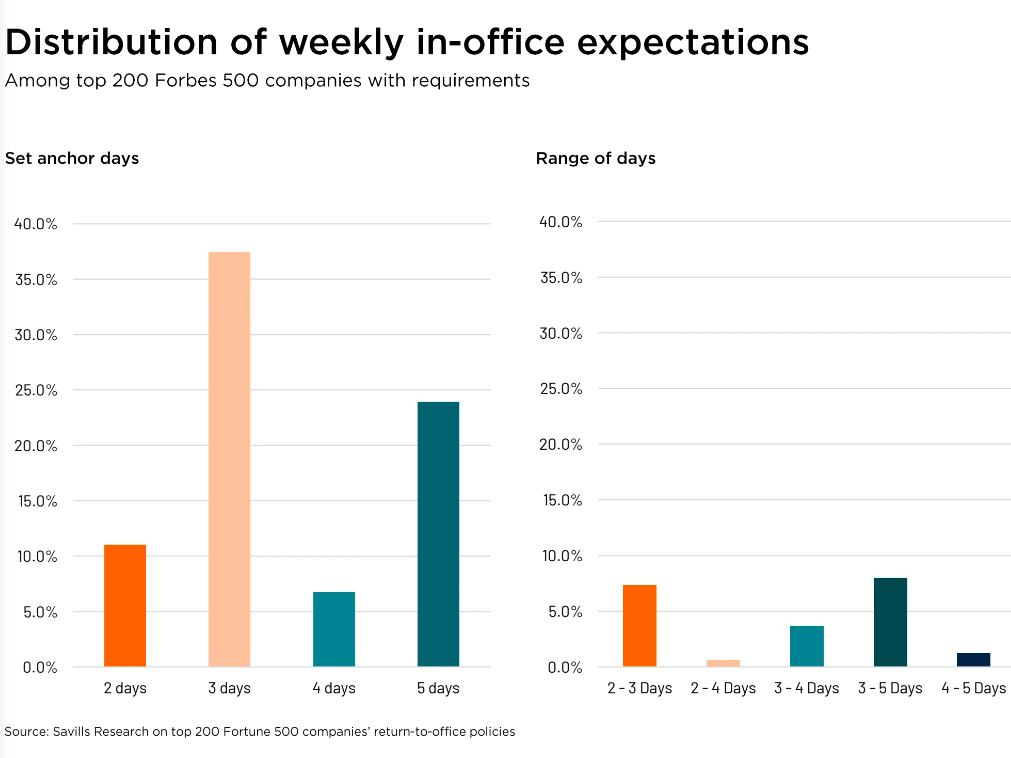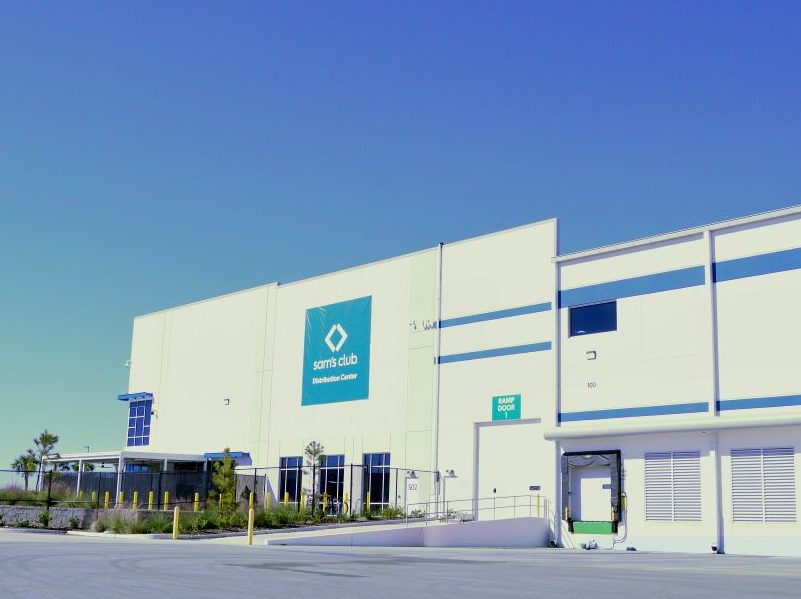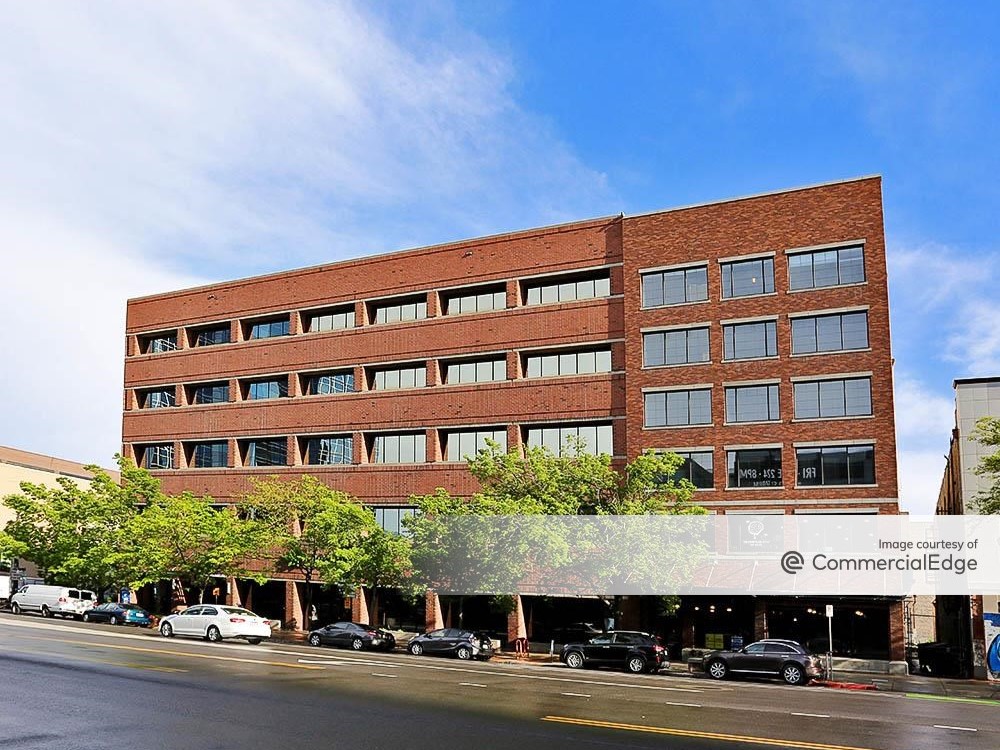Single-Tenant Net Leases: Buyer Beware
Carlton Fields' Alon Lagstein on precautions to take before diving into these ventures.

Single-tenant net leased properties are considered safe, passive investments like bonds due to their reliable rental stream and minimal landlord involvement. However, they often come with underappreciated risks.
STNLs are typically priced based on their cap rates, which tend to be lower for premium tenants—often blue-chip publicly traded companies. As a result, the price paid can be disproportionately high compared to the actual value of the real estate or the present value of the future rents. A prudent buyer should fully investigate any potential STNL acquisition, and this article will explore a few key considerations for buyers in a changing economic market.
READ MORE CAPITAL MARKETS VIEWPOINT
Financial considerations
A buyer’s first consideration should remain the tenant’s financial strength. Publicly traded companies often occupy these properties, making their online financial statements easy to find. However, strong companies can have underperforming locations. Comparing the site’s sales performance to the tenant’s average sales per location can offer valuable insights into the likelihood of continued tenancy. Additionally, soft factors like tenant sentiment about the location are important. For example, organized theft has prompted some retail stalwarts to abandon locations, while some banks have shrunk their footprints, leaving empty shells in once-prime real estate.
Environmental pitfalls: The hidden hazards
Environmental risks are among the most significant liabilities in STNLs. Properties with attractive features like corner locations or drive-thrus often have past lives as gas stations, a common source of environmental liability. Relying on environmental reports prepared for prior owners is risky because you have no recourse if they are inaccurate. Standards for Phase I environmental assessments change periodically, as they did in February 2023. Sites that produced clean reports under prior standards may not do so today. The potential cost of environmental liability often exceeds a property’s value, demanding a cautious approach to environmental review.
Understanding common ownership agreements
Understanding common ownership agreements with neighboring properties is vital. Buyers might assume that any property operates independently because it is marketed independently. Many STNLs are outparcels of larger developments and may share responsibilities with adjacent properties. These could include security, maintenance, repair, and invoicing of tenants or owners for reimbursement. If a property has never been under separate ownership from adjacent properties, the seller may have never prepared documents for the orderly operation of the development. Worst-case scenario: Imagine paying top dollar for an STNL outparcel to find out that no document prohibits the neighboring owners from breaching your tenant’s exclusive use right.
Long-term tenancy and minimal landlord responsibility
A buyer should ensure the tenant’s lease has ample time remaining and no tenant termination rights. Do not assume the renewal of a nearly expired lease. Instead, consider contacting the tenant during escrow to discuss an extension. Confirm that the lease is a true triple-net lease, where the landlord has no responsibility for property expenses. While listings may use terms like “absolute” or “ironclad,” you must review the lease terms carefully to ensure the tenant will reimburse all costs. Ideally, the tenant should handle all obligations beyond invoicing and collecting payments (even better if the tenant pays all expenses directly).
Buyers should verify whether the tenant pays taxes directly to the taxing authority. With the help of an insurance consultant, buyers should also check whether the landlord must maintain any insurance policies and how these costs will be invoiced to the tenant. An ideal lease would keep the tenant responsible for performing and bearing the cost of all maintenance, repairs and replacements of the property’s interior and exterior (including roof, parking areas, and building structure). This level of tenant responsibility typically occurs in land leases where the tenant has built the premises. If that’s not the case, buyers may have to settle for a lease where they maintain or repair the property’s structure, such as the roof, with the cost reimbursed by the tenant (or at least amortized over the tenant’s lease). For properties subject to REAs, the lease should also cover how the tenant is invoiced for and reimburse the landlord (or, even better, a property manager) for maintaining and repairing all common areas.
Understanding how to diligently assess the risks of single-tenant net lease properties, including the above considerations, is imperative to fully evaluate which property best suits your investment strategy.
Alon Lagstein serves as counsel at Carlton Fields in their Los Angeles office. He represents owners, operators, tenants, landlords, borrowers, lenders, investors, and developers in commercial and residential real estate matters, focusing on acquisition and disposition, leasing, financing, and joint ventures.







You must be logged in to post a comment.